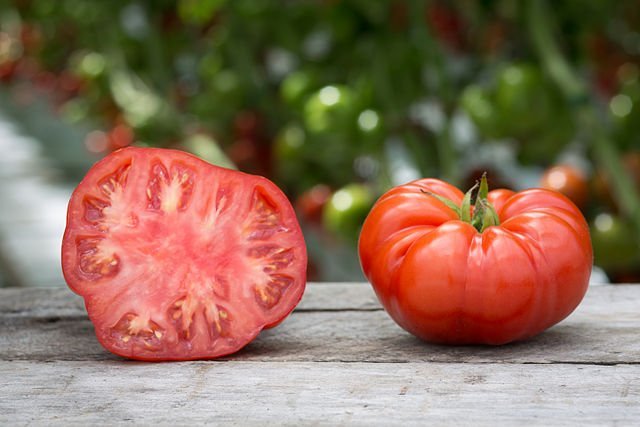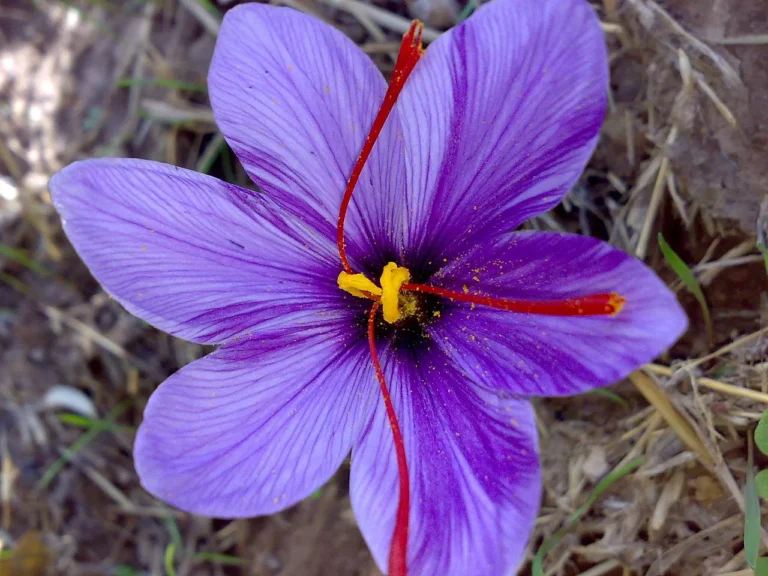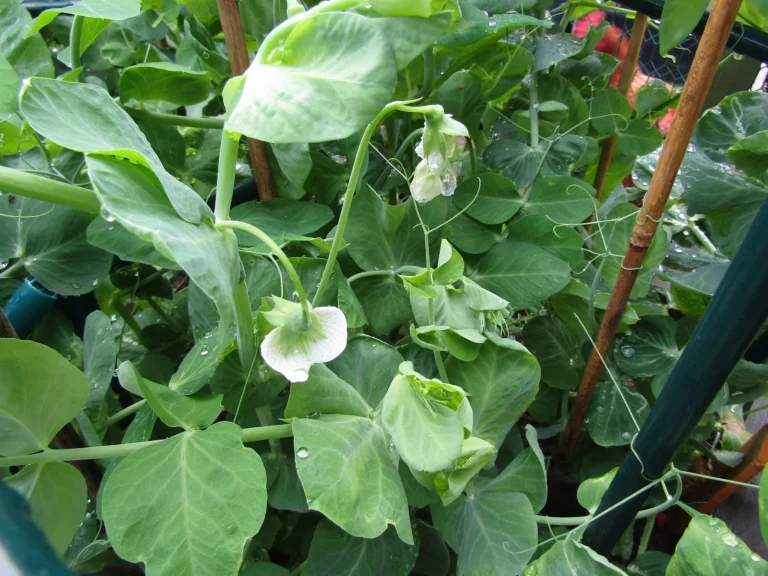Basics of Growing Tomatoes
Choose the right tomato variety

There are numerous tomato varieties available, including determinate (bushy) and indeterminate (vining) types. Consider factors such as taste, size, growth habit, and disease resistance when selecting the variety that suits your preferences and growing conditions.
Select a suitable location

Tomatoes thrive in full sunlight, so choose a spot in your garden that receives at least 6-8 hours of direct sunlight per day. Ensure the area has well-draining soil and good air circulation.
Prepare the soil
Tomato plants prefer loamy, fertile soil with a slightly acidic pH of around 6.0 to 6.8. Before planting, amend the soil with organic matter such as compost or well-rotted manure to improve its texture, moisture retention, and nutrient content.
Start seeds or buy seedlings

Tomatoes can be started from seeds indoors about 6-8 weeks before the last expected frost date in your area. Alternatively, you can purchase seedlings from a nursery or garden center. Transplant the seedlings outdoors after the danger of frost has passed and the soil has warmed up.
Planting

Dig a hole deep enough to cover most of the stem (up to the first set of true leaves) and remove the lower leaves. This allows the plant to develop a stronger root system. Space the plants about 2-3 feet apart to provide adequate room for growth.
Watering

Tomatoes require consistent moisture, especially during the growing season. Water deeply but infrequently, ensuring the soil remains consistently moist but not waterlogged. Avoid overhead watering to reduce the risk of diseases. Mulching around the plants can help retain soil moisture.
Support and Pruning

Indeterminate tomato varieties benefit from staking or trellising to support their vining growth habit. As the plants grow, gently tie them to the support structure using soft plant ties. Prune the side branches (suckers) that emerge from the leaf axils to encourage better airflow, easier maintenance, and larger fruit production.
Fertilizing

Tomatoes are heavy feeders and require regular fertilization. Prior to planting, incorporate balanced organic fertilizer or slow-release granular fertilizer into the soil. Side-dress with additional fertilizer throughout the growing season following the package instructions.
Pest and disease management

Monitor your tomato plants regularly for common pests like aphids, tomato hornworms, or whiteflies. Use organic pest control methods or, if necessary, select suitable insecticides. Prevent diseases such as blight or wilt by providing adequate spacing, good airflow, and avoiding overhead watering.
Harvesting

Tomatoes are typically ready for harvest 60-80 days after transplanting, depending on the variety. Harvest when the fruits are fully coloured, firm, and slightly soft to the touch. Gently twist or cut the tomatoes from the vine, being careful not to damage the plant.
Remember, these are just the basics of growing tomatoes. As you gain experience and knowledge, you can explore more advanced techniques like pruning for increased productivity or experimenting with heirloom varieties for unique flavours. Enjoy the process and the delicious fruits of your labour!







